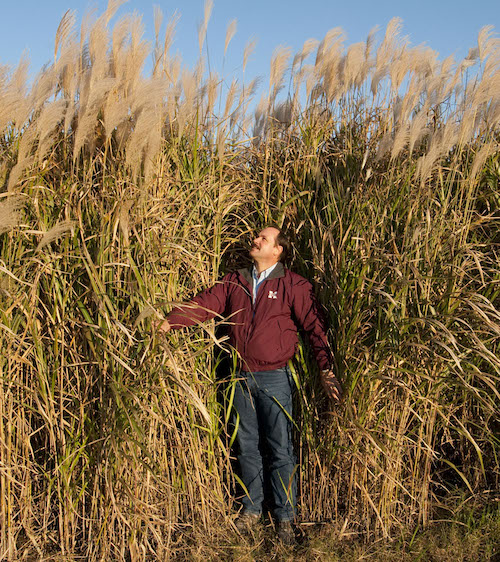A perennial grass could mitigate climate change in the Midwest

Published: June 6, 2022
Category: Regenerative Agriculture
Researchers lead effort to find natural option to protect crops
Amid predictions of climate change driving up temperatures and causing more extreme heat in the Midwest, a new study led in part by University of Maryland researchers has found that growing one particular perennial grass could cut Midwest warming by 1 degree Celsius.
Miscanthus x giganteus, also known as giant miscanthus, grows up to 10 feet tall with wide bamboo-like stems and green leaves, creating a canopy that’s likely to lower regional summer temperatures while increasing humidity, rainfall and overall crop productivity, according to research published in GCB Bioenergy.
The study, funded by the U.S. National Science Foundation, was led by scientists Xin-Zhong Liang and Yufeng He. It provides new insights into nature-based mitigation strategies for global warming, environmental conservation, food crop and bioenergy production, and agricultural sustainability.
“Growing perennial grasses on marginal land not only can reduce soil erosion, restore carbon stocks, and provide feedstocks for biofuels and bioproducts,” Liang said, “but also can be an effective mitigation strategy to contain regional climate change, preventing the U.S. agricultural heartland from the warming-and-drying trend currently projected.”
Miscanthus x giganteus is water-efficient, noninvasive, and requires little fertilizer. It can also grow on marginal land, or land that has little or no agricultural or industrial value due to poor soil or other conditions. The U.S. heartland, which has marginal land that goes unused or is extensively grazed, offers the perfect conditions for miscanthus.
Organic & Non-GMO Insights June 2022








